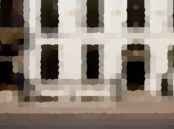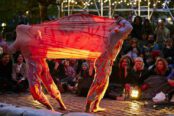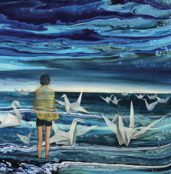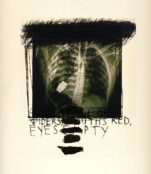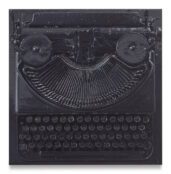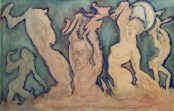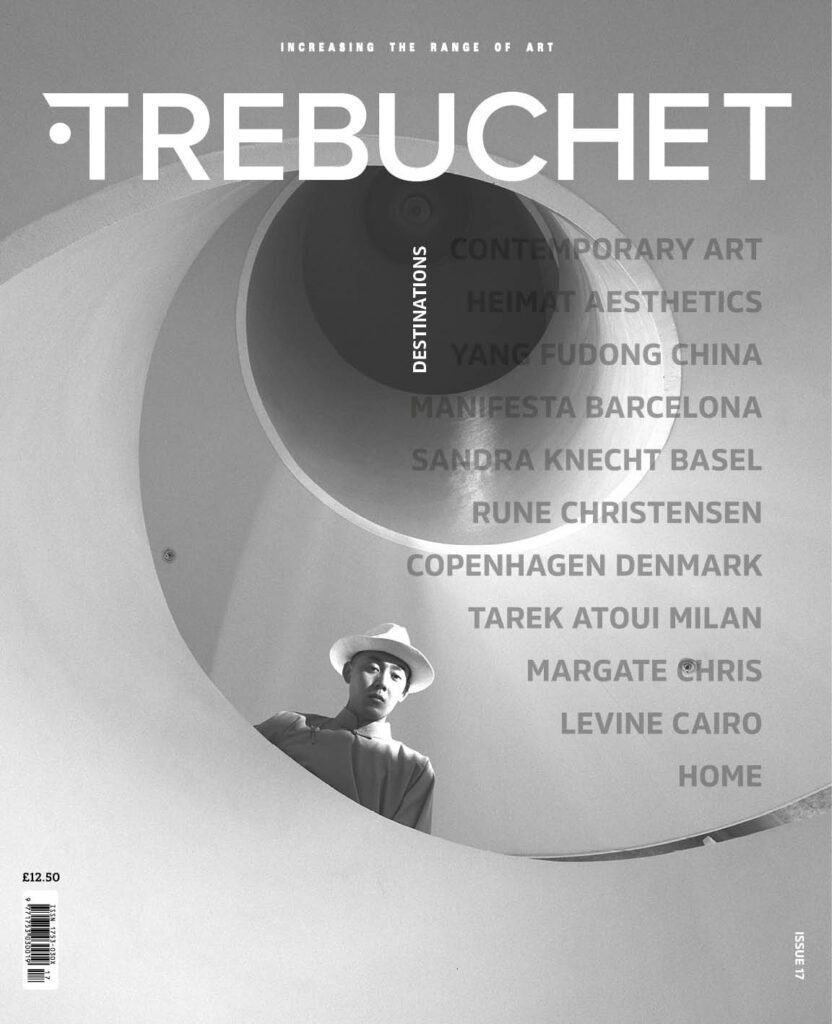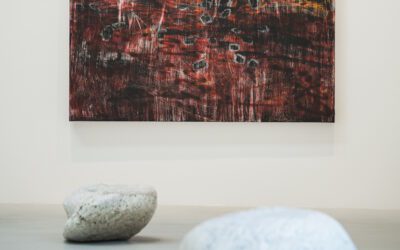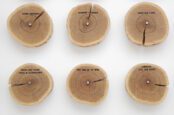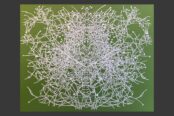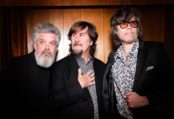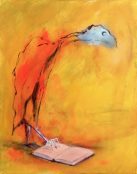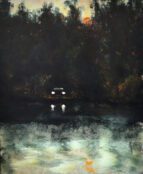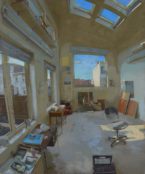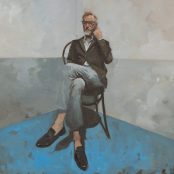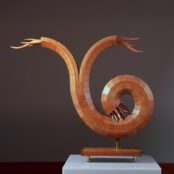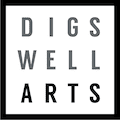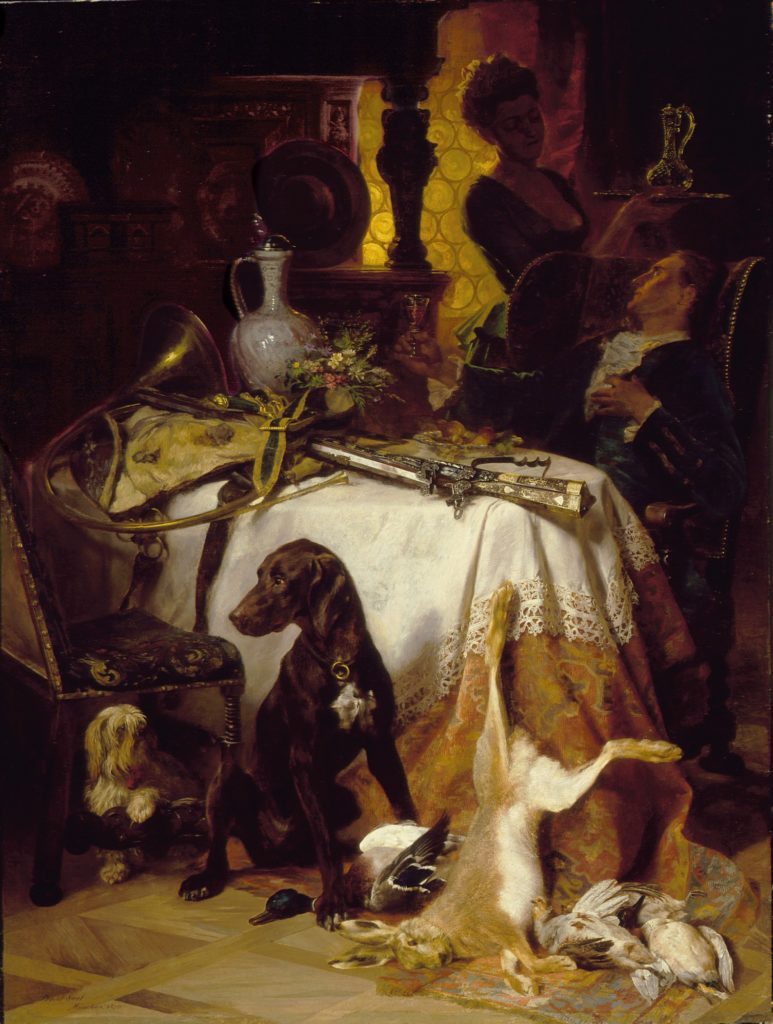The idea of supernatural influences directing artists is a long one. Some make the lesser claim that inspiration comes from the ether, others that they felt directed or that the seeds of ideas planted in dreams find fruition in creative action. Writer Michael Eden wrote of embracing the immanent bodies emerging from vegetal shapes. Experiences that move across to urban landscapes in the work of some street artists that find faces and animals in industrial shadows, trash, and the other detritus of our compacted living. So what do we see? Are they just projections of some part of subconscious or spectral shapes of things to come?
Taking a wide view, this exhibition at Kunstmuseum Basel is a grand vehicle to showcase how each artists’ approaches are psychological and personal reflections on forces at work during their lifetimes. In that respect art is a deathless spirit, summoning us forward and back, or bringing those paradigms to us to rattle contemporary chains.
![L'Esprit comique [Der komische Geist], René Magritte, 1928. Courtesy Sammlung Ulla und Heiner Pietzsch, Berlin © 2025, ProLitteris, Zurich Photo Credit: Jochen Littkemann, Berlin](https://b276103.smushcdn.com/276103/wp-content/uploads/2025/07/ew11_0098489_2025-05-12_web.jpg?lossy=1&strip=0&webp=1)
Press Release – Ghosts: Visualizing the Supernatural
Ghosts seem to be everywhere. Visual culture teems with spectres, from Hollywood blockbusters to theatre stages, haunting the pages of our shared cultural histories: literature, folklore, and myth are saturated with spirits that refuse to leave us in peace. They have also always haunted art. As entities of the in-between, ghosts are mediators between worlds, between above and below, life and death, horror and humour, good and evil, the visible and the invisible. Any attempt to depict, record, or communicate with them thus offers a conceptual challenge and an emotional thrill.
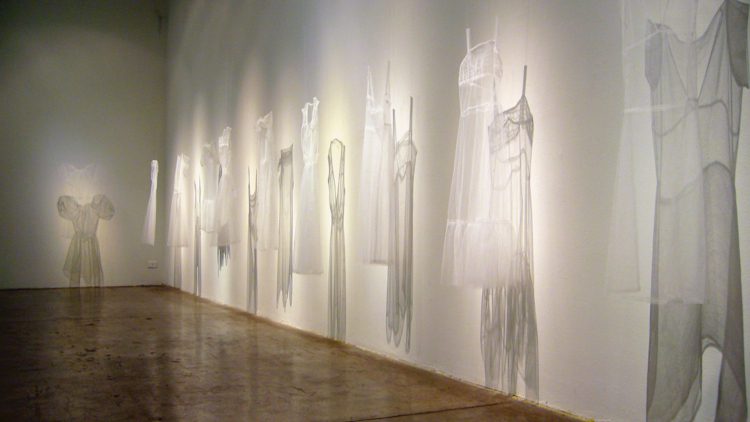
This autumn, the Kunstmuseum Basel dedicates an extensive special exhibition to these unfathomable entities. With over 160 works and objects created during the past 250 years, Ghosts. Visualizing the Supernatural explores the rich visual culture associated with ghosts that, in the Western hemisphere, emerged from a particular alliance between the fields of science, psychology and the supernatural in the nineteenth century, providing inspiration for art and artists that continues to this day. The exhibition will feature work by artists including William Blake, Eugene Delacroix, Odilon Redon Grien, John Everett Millais, Madge Gill, Georgiana Houghton, Max Ernst, René Magritte, Rosemarie Trockel, Mike Kelley, Gillian Wearing, Claudia Cassarino, Glenn Ligon, Heidi Bucher, Tony Oursler, Ryan Gander, Cornelia Parker and Rachel Whiteread among many more.
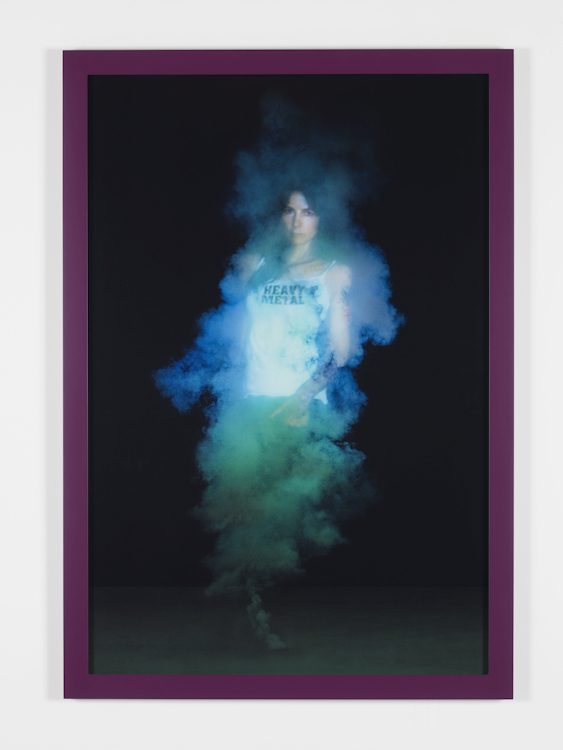
Drawing on art, history, folklore, and media, the exhibition traces the enduring fascination with ghostly phenomena—from the translucent phantoms of Gothic literature, to spectres reimagined by today’s contemporary artists – exploring how ghosts have long served as reflections of society’s deepest hopes, fears, and moral ambiguities. Across painting, sculpture, photography, video, and installation, the exhibition reveals how the ghost – as both a visual and psychological figure – has been continually reimagined. Whether flickering like a 19th-century Phantasmagoria or cloaked in the comic unease of a white sheet, ghosts remain potent metaphors for absence, trauma, memory, and the limits of visibility.
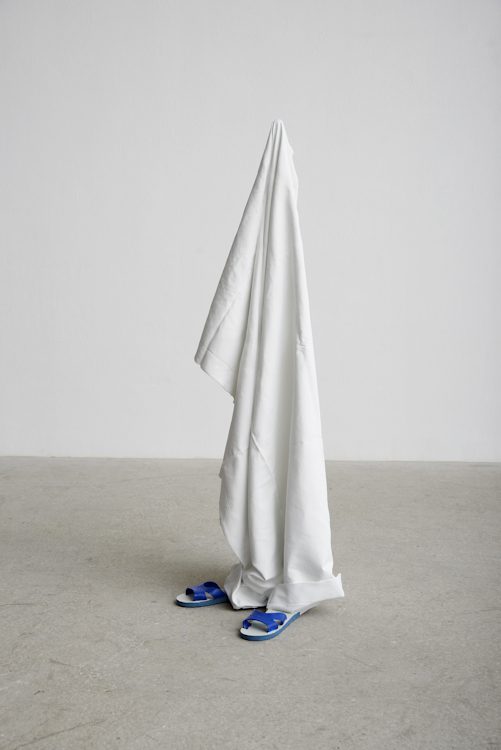
While the nineteenth century is now regarded as a golden age of rationality, science, and technology, it was also a high season for the belief in ghosts and apparitions. In the second half of the century, ghosts also had something of a midwife’s role in the nascent field of psychology and helped chart ways into people’s inner lives. The Romantic era produced an appetite for spectacles and marvels, and a belief in spirits was flanked by innovations in technology, including in the technologies of illusion . The invention of photography around 1830 had led to the rise of spirit photography, which seemed to make loved ones reappear, held the promise of a life after death and became a notable influence on what we imagine ghosts to look like, even today.
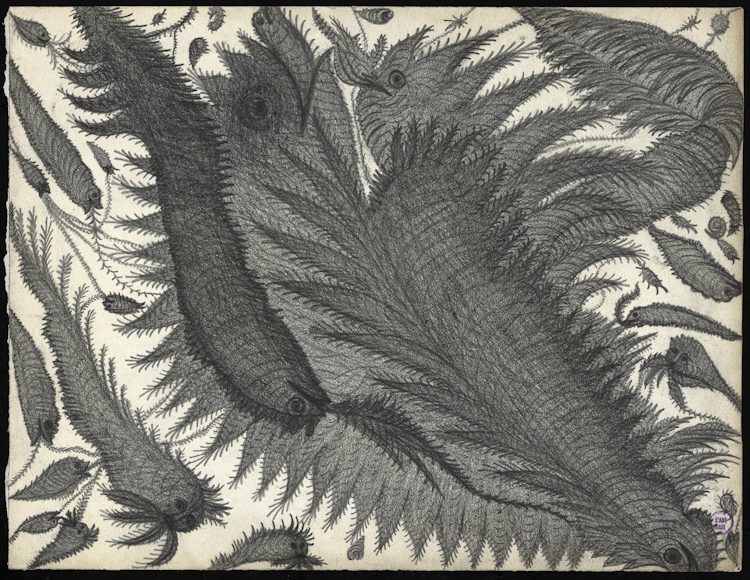
While spirit photography is thus a central theme of the exhibition, the writings and pictures created by spiritualist mediums to record their direct contact with the world of ghosts offer a variation on the broader theme of communication. Given the close connection of ghosts and states of psychological distress, the exhibition also takes a close interest in hauntings, when ghosts inhabit spaces. It follows these trails and developments as they originated in Western culture in the ninteenth century and stays largely focused on artists who drew inspiration from the resulting diverse visual traces and ghostly narratives. In doing so, it gleefully branches out into bodies of images beyond fine art, whose influence on artists in the twentieth century is demonstrated in the second half of the presentation.
The exhibition and accompanying magazine-style publication were prepared in close consultation with two expert advisors—Andreas Fischer of the Freiburg IGPP (Institute for frontier areas of psychology and mental health), a leading authority on spirit photography and materialization phenomena, and British art historian Susan Owens, author of The Ghost: A Cultural History (2017), who has aptly called ghosts “humanity’s shadows”. The project turns a spotlight on the ghost’s poetic potential, their power to inspire, and their function as a metaphor to form critical responses to the contemporary world, often addressing things that cannot be repressed.
To engage in a topic like ghosts and spirits is not simply to explore their traditional representations, nor to revisit those thrilling nineteenth-century experiments that sought to rationally pin down the supernatural. This project makes clear that ghosts are metaphors for the return of what reason cannot fully suppress, and they remind us that even in an age of technological omniscience, there remain existential blind spots that science cannot resolve.
But as this exhibition and its companion publication remind us, ghosts are not confined to darkness and dread. In art, as in imagination, ghosts roam across a broad spectrum, from horror to humor, from melancholy to mischief. Ghosts also invite us to play, to imagine and to question old certainties. They are reminders of what remains unfinished, unresolved, and open to interpretation. After all, they are also always zeitgeists, epitomes of our changing contemporary situations, as Susan Owens writes: “Ghosts are mirrors of the times. They reflect our preoccupations, moving with the tide of cultural trends and matching the mood of each age.”
September 20, 2025–March 8, 2026, Kunstmuseum Basel | Neubau Curator: Eva Reifert
Kunstmuseum Basel St. Alban-Graben 8
P.O. Box, CH-4010 Basel T +41 61 206 62 62
kunstmuseumbasel.ch
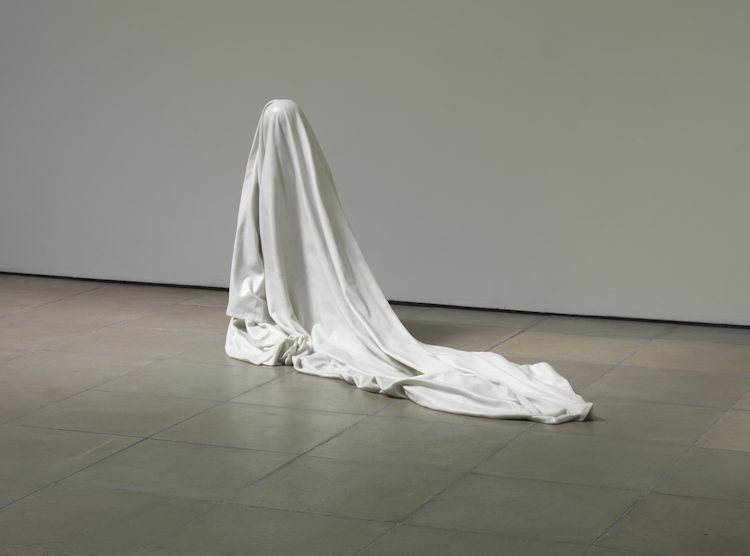
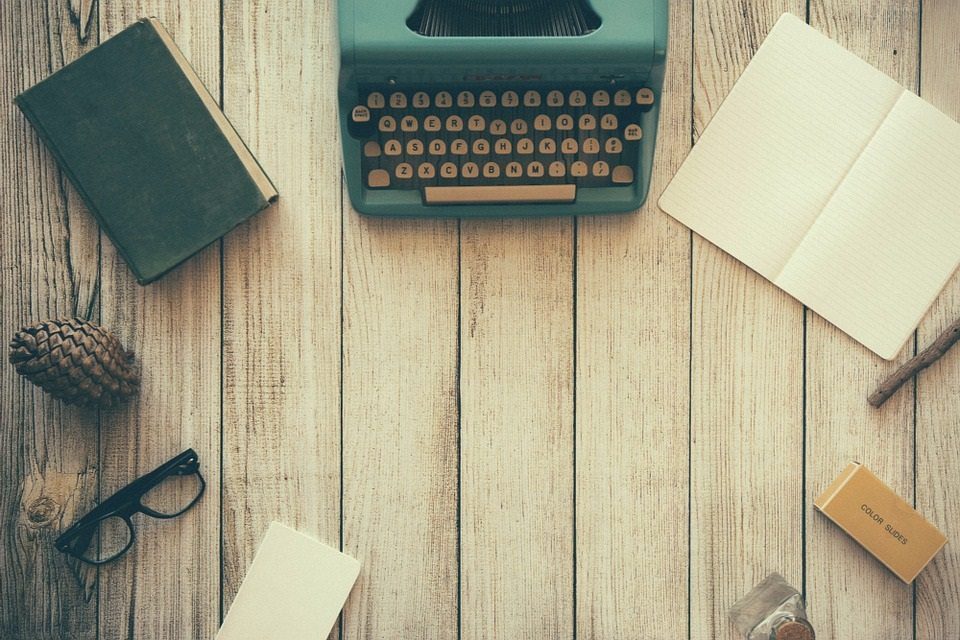
The aim of art is to represent not the outward appearance of things, but their inward significance. – Aristotle


